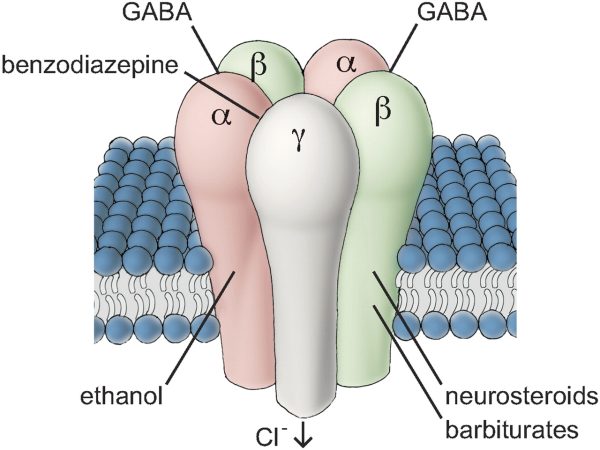You probably haven’t realized it, but at some point in your life, you’ve probably been under anesthesia for some medical reason or another. Regardless of whether it’s a tissue sample or a root canal, anesthesia is an incredibly critical medical treatment in minimizing pain and discomfort during major procedures.
When thinking of anesthetics, most people tend to think of general anesthesia, which induces unconsciousness by preventing nerve signals from reaching the brain, putting the brain in a reversible coma-like state. However, there are other types of anesthesia too! Local and regional anesthesia, like general anesthesia, also prevents people from feeling pain during medical procedures, but they only act on targeted areas of the body.

If you’ve ever seen a video of a person revealing their deepest secrets and laughing hysterically after getting their wisdom teeth removed, it’s likely their dentist administered nitrous oxide to reduce the pain. This commonly used method for dental sedation induces a state of euphoria (hence its nickname, “laughing gas”), slowing down brain responses.
To begin, physicians manipulate GABA receptors, a group of receptors that are associated with controlling hyperactivity concerning brain waves and anxiety levels. This in turn blocks brain chemicals that neurons use to communicate, creating the desired anti-anxiety effect. The brain then releases norepinephrine, hindering the body’s ability to detect pain. Of all the inhalational anesthetics, nitrous oxide is the least potent, meaning that it must be used in conjunction with an anesthetic that is much more potent and volatile in order to both induce and maintain pain-relieving effects in the long term. Volatile anesthetics also have the benefit of increasing the amount of cerebral blood flow, allowing nutrients and oxygen to be delivered to the brain more efficiently.

For procedures that require the patient to be asleep—and thus, require the use of general anesthetics—most anesthetics (except ketamine) induce a loss of consciousness by reducing the brain’s overall oxygen metabolism.
Before anesthesia was developed, medical procedures were done without proper pain management, causing patients immense suffering and discomfort. Patients often lacked the autonomy to be able to choose whether or not they want to remain conscious or not for a medical procedure. Now, by anesthetizing patients (with their informed consent, of course), surgeons, anesthesiologists, nurses, and other medical professionals can perform intricate medical procedures more effectively and safely!
Using anesthesia has drastically reduced post-surgery infections and even mortality rates. Anesthesia is an incredible discovery that allows patients to prevent feeling pain; anesthesia eliminates the pain aspect of medical procedures, allowing for a much more comfortable (physically and emotionally) experience as a patient. From completely expanding the scope of surgeries that can be performed to improving the patient experience, it is evident that the discovery of anesthesia has truly revolutionized modern medicine.

